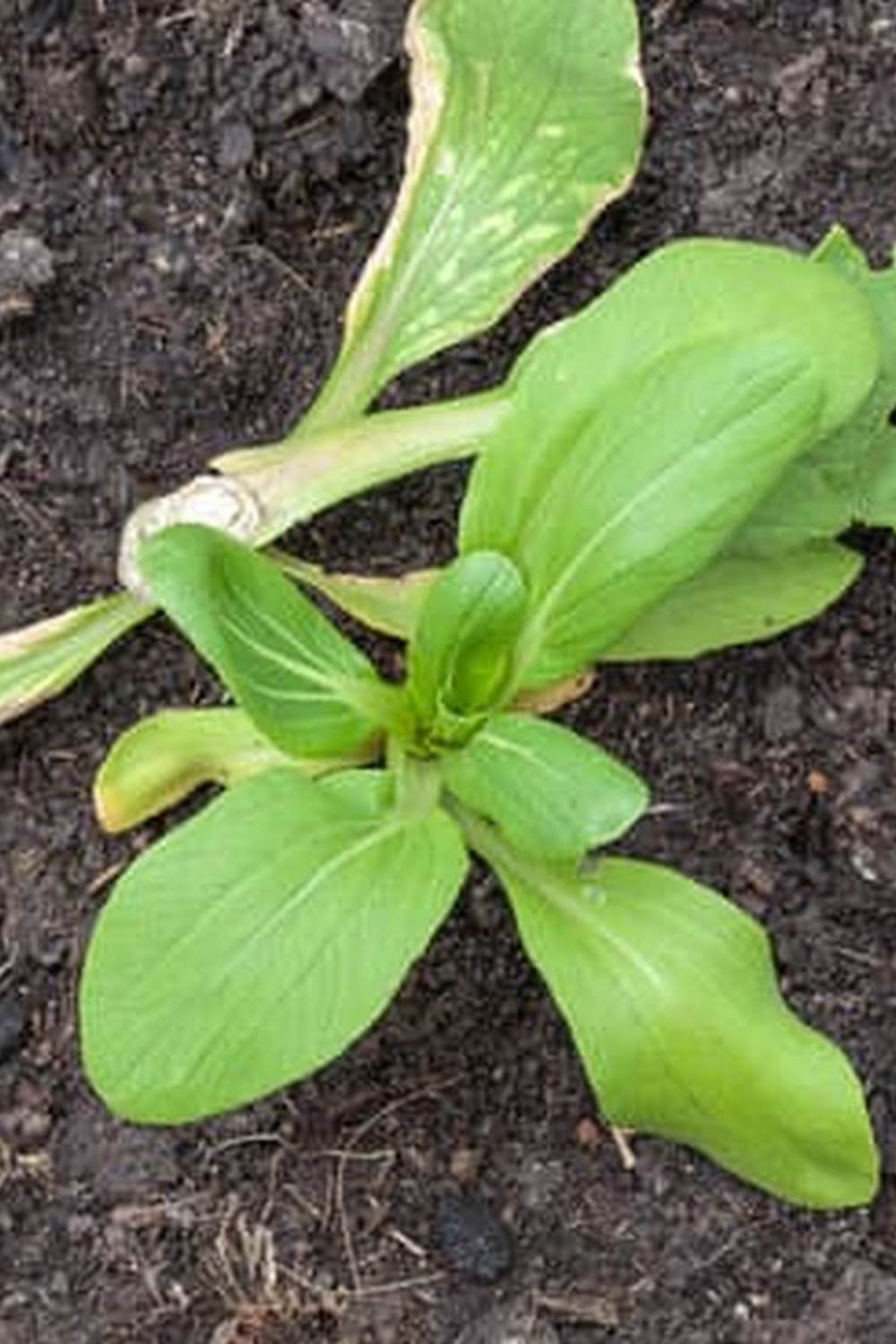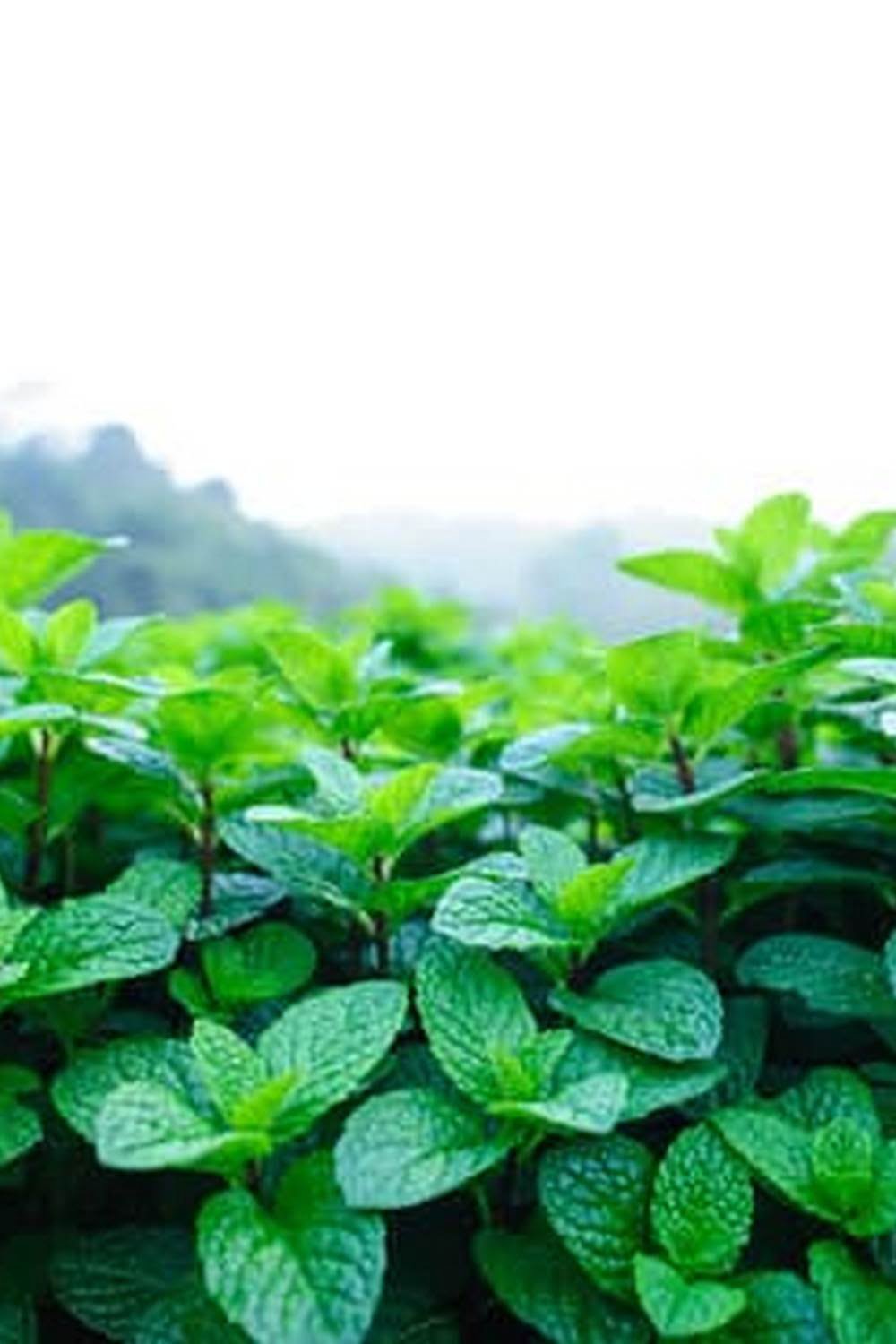Best Soil For A New Vegetable Garden
When starting a new vegetable garden, the type of soil you use is important. The best soil for a new vegetable garden is loose, well-drained, and rich in organic matter.
If your soil is heavy and compacted, you can improve its drainage and fertility by adding organic matter such as compost, peat moss, or ground bark. You can also add sand to lighten the soil.
If your soil is low in fertility, you can improve it by adding organic matter or by applying a commercial fertilizer. Be sure to read the label to make sure the fertilizer is appropriate for vegetables.
If your soil is acidic, you can add lime to make it more alkaline. If your soil is alkaline, you can add sulfur to make it more acidic.
The best time to test your soil’s pH is in the fall or winter, when plants are not growing. You can buy a pH test kit at most garden centers.
The best way to improve your soil is to add organic matter. Organic matter improves soil structure, drainage, and fertility. It also helps to retain moisture and nutrients.
You can add organic matter to your soil by using compost, peat moss, or ground bark. Compost is the best choice, because it is made from organic materials that are readily available. You can make your own compost or buy it from a garden center.
To make your own compost, you need a compost bin or pile. The bin or pile should be at least 3 feet high and 3 feet wide. You can make it smaller, but it will take longer to compost.
The best way to make compost is to layer green and brown materials. Green materials include fresh grass clippings, vegetable peels and scraps, fruit scraps, and coffee grounds. Brown materials include dried leaves, straw, wood chips, and cardboard.
To make a layer, add a shovelful of brown material to the bottom of the bin or pile. Then add a shovelful of green material. Repeat these steps until the bin or pile is full.
Cover the bin or pile with a tarp or plastic sheet to keep the rain out. Turn the compost every few days to help it decompose.
You can also add organic matter to your soil by using mulch. Mulch is a layer of organic or inorganic material that is spread on the surface of the soil. Mulch helps to control weeds, conserve moisture, and improve the soil’s fertility and structure.
You can buy mulch from a garden center or make your own. To make your own mulch, you can use leaves, straw, wood chips, or bark.
To apply mulch, spread it evenly over the surface of the soil. Keep the mulch about an inch thick. Don’t pile it up against plants, because this can damage them.
The best time to mulch is in the spring or early summer, before weeds start to grow.
Miracle Gro Garden Soil Vegetables And Herbs Ingredients
The Magic of Miracle-Gro Garden Soil for Vegetables and Herbs:
If you are looking for a soil that will help you to grow bountiful vegetables and herbs, look no further than Miracle-Gro Garden Soil. This soil is enriched with essential nutrients that help your plants to grow big and strong. The ingredients in Miracle-Gro Garden Soil work together to create a healthy and fertile environment for your plants to thrive in.
One of the key ingredients in Miracle-Gro Garden Soil is compost. Compost is made up of organic materials that have been broken down by bacteria and fungi. This rich, black soil is full of nutrients that plants need to grow healthy and strong. Compost also helps to improve the texture of soil, making it more fertile and able to hold water and nutrients.
Another important ingredient in Miracle-Gro Garden Soil is sphagnum peat moss. Peat moss is a natural water-retaining agent that helps to keep your plants moist and healthy. It also contains essential nutrients that help plants to grow.
Miracle-Gro Garden Soil also contains mycorrhizae. Mycorrhizae are beneficial fungi that form a symbiotic relationship with the roots of plants. They help to improve the uptake of water and nutrients, and also help to protect plants from diseases.
With its rich blend of essential nutrients and beneficial fungi, Miracle-Gro Garden Soil is the perfect soil for growing vegetables and herbs. It will help your plants to grow big and strong, and will produce a bountiful harvest of delicious fruits and vegetables.
Best Soil For Indoor Vegetable Garden
There are many types of soil that can be used for an indoor vegetable garden, but the best type of soil is one that is specifically made for this purpose. Commercial potting soils are designed to be lightweight and porous so they can drain well and they also contain a variety of nutrients that are essential for plants.
If you are using soil from your garden or another outdoor source, be sure to mix in some organic matter such as compost or peat moss to help improve the fertility and drainage of the soil. You can also add a bit of fertilizer to the soil to give your plants a boost.
One of the advantages of growing vegetables indoors is that you can control the environment, so you can make sure that the soil is the right pH for your plants. Most vegetables prefer a soil pH of 6.0-7.0, but you can adjust the pH by adding lime or sulfur to the soil as needed.
The best way to ensure that your indoor vegetable garden is successful is to start with healthy soil and to provide the plants with the right amount of water, light, and nutrients. With a little bit of care, you can enjoy a bountiful harvest of fresh vegetables all year long.
Soil Test For Vegetable Garden In Oklahoma City
If you’re like most gardeners, you’re probably anxious to get your vegetable garden started. But before you do, it’s important to test your soil to make sure it’s in the proper condition for growing vegetables. A soil test will tell you how much nitrogen, phosphorus and potassium your soil contains, as well as how acidic or alkaline it is. This information will help you choose the right vegetables to plant and make sure your plants get the nutrients they need to thrive.
If you live in Oklahoma City, you can have your soil tested for free at the Oklahoma State University Extension office. The test will tell you the pH level of your soil, as well as the levels of nitrogen, phosphorus and potassium. You can also have your soil tested for water-soluble salts, which can damage plants if they’re present in high levels.
To get your soil tested, you’ll need to collect a soil sample from your garden. Use a soil probe, shovel or trowel to collect soil from six to eight different places in your garden, then mix them together in a bucket. Be sure to avoid areas where you’ve recently grown flowers or vegetables, since the soil there may already be nutrient-rich.
Once you’ve collected your soil sample, take it to the Extension office, where a staff member will test it for you. You should receive the results within a few days, and they’ll include recommendations for how to amend your soil so it’s better suited for growing vegetables.
If you’re not sure how to amend your soil, the Extension office can help with that too. They offer a variety of soil amendment products, as well as advice on how to use them. Soil amendment products can help improve the texture of your soil, as well as its ability to hold water and nutrients.
Soil testing is a vital step in starting a successful vegetable garden. By taking the time to test your soil, you’ll be able to choose the right vegetables to plant and make sure they get the nutrients they need to grow.
What Is Good Soil For Vegetable Garden
?
There are many things to consider when planting a vegetable garden. One of the most important factors is the quality of the soil. The type of soil you have will determine what vegetables you can grow and how well they will grow.
The best type of soil for a vegetable garden is a well-drained, loamy soil. Loamy soils are a combination of sand, silt, and clay. They are well-drained, meaning they don’t hold water for very long, and they are rich in organic matter, which is important for plant growth.
If your soil is not loamy, you can improve it by adding organic matter. You can do this by adding compost, manure, or other organic matter to the soil. This will improve the soil’s ability to hold water and nutrients, and will help to promote healthy plant growth.
If your soil is not well-drained, you can improve it by adding sand or gravel. This will help to improve the drainage of the soil.
If your soil is not fertile, you can improve it by adding fertilizer. Fertilizer will help to add nutrients to the soil, which will help to promote healthy plant growth.
The best way to determine whether your soil is good for vegetable gardening is to have it tested. A soil test will tell you the pH of the soil, the amount of organic matter, the amount of nitrogen, phosphorus, and potassium, and other important information. If you don’t have a soil test, you can do some basic tests yourself to get an idea of the quality of your soil.
To test the pH of your soil, use a pH test kit or a soil pH meter. The pH of the soil affects the ability of plants to take up nutrients from the soil. Most vegetables prefer a soil pH of 6.5 to 7.0. To test the amount of organic matter in your soil, use a soil test kit or a soil organic matter meter. The amount of organic matter in the soil affects the ability of plants to take up nutrients from the soil. Most vegetables prefer a soil with a high organic matter content.
To test the amount of nitrogen, phosphorus, and potassium in your soil, use a soil test kit. These nutrients are important for plant growth. Most vegetables prefer a soil that has a high level of nitrogen, a medium level of phosphorus, and a low level of potassium.
If you are not sure what type of soil you have, you can take a soil sample to your local county extension office. They can help you to test the soil and determine what type of soil you have.
The best way to improve the quality of your soil is to add organic matter, fertilizer, and sand or gravel, as needed. By improving the quality of your soil, you will be able to grow healthy, thriving vegetables in your garden.

If you’re looking to get into vegetable gardening, or are just looking for some tips on how to make your current garden better, then you’ve come to the right place! My name is Ethel and I have been gardening for years. In this blog, I’m going to share with you some of my best tips on how to create a successful vegetable garden.





